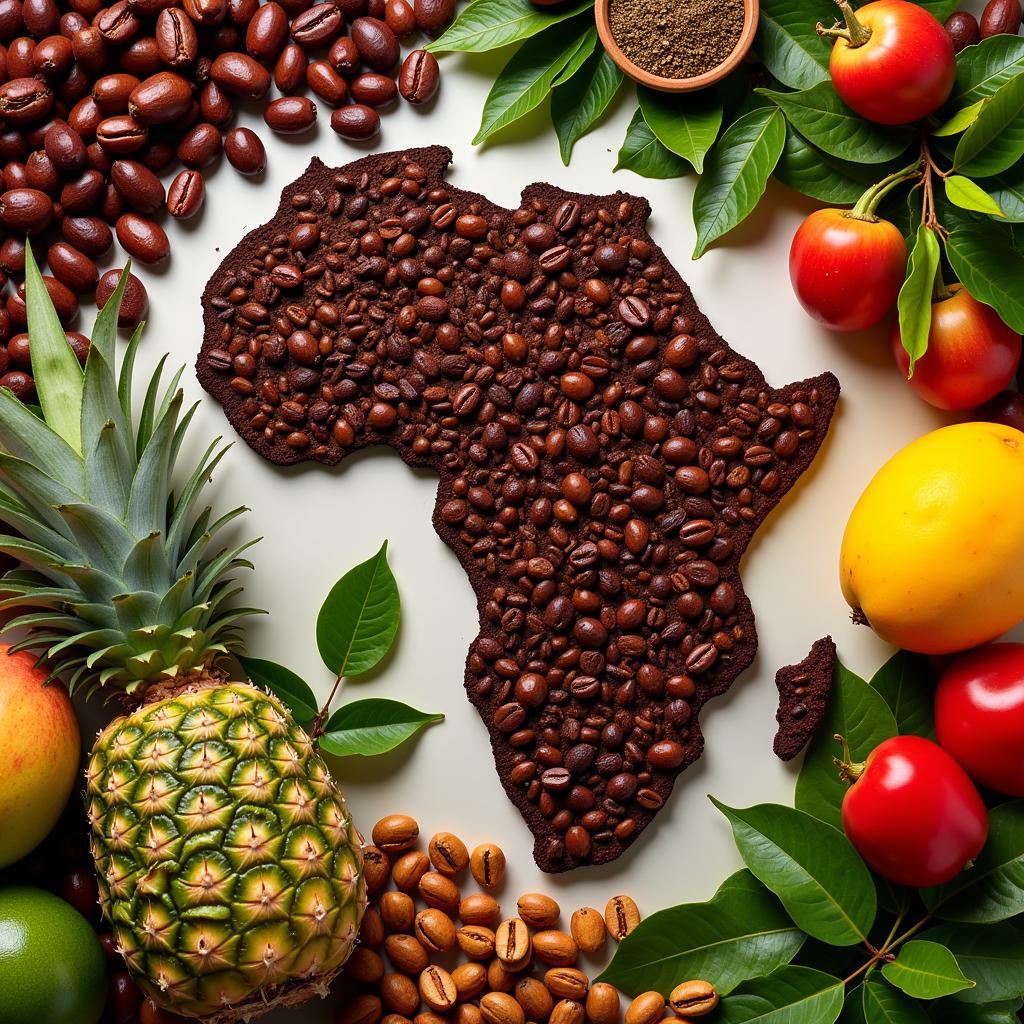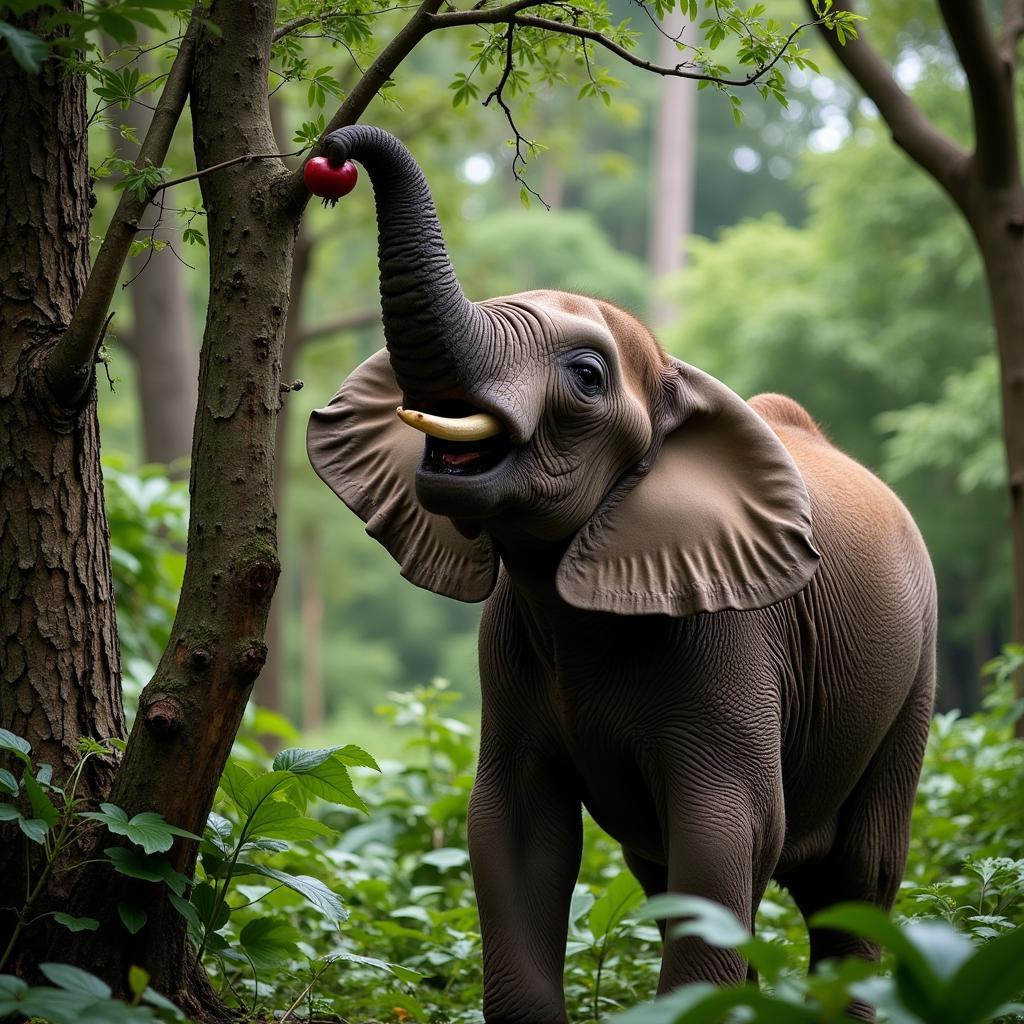African Coriander Cultivation Seasons: A Comprehensive Guide
African coriander, with its distinct pungent aroma and citrusy flavor, is a staple ingredient in many African cuisines. Known scientifically as Coriandrum sativum, this versatile herb thrives in warm climates and is relatively easy to cultivate, even for novice gardeners. If you’re interested in growing your own African coriander, understanding the optimal cultivation seasons is crucial for a bountiful harvest.
Factors Influencing African Coriander Cultivation Seasons
While African coriander prefers warmth, its ideal growing conditions extend beyond just temperature. Several factors influence the best time to plant and harvest this flavorful herb:
- Climate: African coriander flourishes in warm climates with average temperatures ranging from 68°F to 86°F (20°C to 30°C). Extremely hot temperatures can cause the plant to bolt, or flower prematurely, resulting in bitter leaves.
- Sunlight: This sun-loving herb thrives in at least 6 hours of direct sunlight daily. However, in exceptionally hot regions, providing some afternoon shade can protect the plants from scorching.
- Rainfall: Moderate rainfall is ideal for African coriander. While it tolerates short periods of dryness, consistent moisture in the soil is essential, especially during the early stages of growth.
- Soil Type: Well-drained, loamy soil with a slightly acidic to neutral pH (6.0 to 7.0) is optimal for African coriander cultivation.
 Ideal Growing Conditions for African Coriander
Ideal Growing Conditions for African Coriander
Cultivation Seasons Across Africa
Due to the diverse climates across the African continent, the ideal cultivation seasons for African coriander vary significantly:
- West Africa: In this region characterized by a tropical climate with distinct wet and dry seasons, the best time to plant African coriander is during the cooler months of the rainy season, typically from April to June. This timing provides favorable temperatures and ample moisture for optimal growth.
- East Africa: Similar to West Africa, planting during the cooler months of the long rainy season, from March to May, is recommended. This period offers a balance of warmth and rainfall, creating ideal growing conditions.
- Southern Africa: The best time to cultivate African coriander in this region is during the cooler months of the year, from February to April. Planting during this time ensures moderate temperatures and avoids the intense summer heat.
- North Africa: In this region with its hot, arid climate, African coriander is best grown as a cool-season crop. Planting in the fall, from September to November, allows the plants to establish themselves before the onset of summer heat.
Tips for Successful African Coriander Cultivation
Regardless of your location in Africa, following these essential tips can help ensure a successful coriander harvest:
- Choose the Right Variety: Opt for coriander varieties well-suited to your specific climate and growing conditions. Local seed suppliers or agricultural extension offices can provide valuable guidance in selecting appropriate cultivars.
- Start Seeds Indoors: In regions with short growing seasons, starting coriander seeds indoors a few weeks before the last frost date can give your plants a head start.
- Direct Sowing: Once the soil has warmed up, coriander seeds can be directly sown in the garden. Aim for a sowing depth of about 1/2 inch (1 cm).
- Thinning Seedlings: If you’re direct sowing, thin out the seedlings to ensure adequate spacing for optimal growth. Aim for a spacing of 6-8 inches (15-20 cm) between plants.
- Regular Watering: Consistent moisture is crucial, especially during dry spells. Water deeply and evenly, avoiding overwatering, which can lead to root rot.
- Fertilization: While coriander is not a heavy feeder, amending the soil with compost or a balanced organic fertilizer before planting can provide essential nutrients for healthy growth.
- Pest and Disease Control: Monitor your coriander plants regularly for common pests like aphids or diseases like powdery mildew. Employ organic pest control methods like insecticidal soap or neem oil to protect your plants.
Harvesting African Coriander
Knowing when and how to harvest your coriander is crucial for maximizing flavor and freshness. Here’s a guide:
- Leaf Harvest: Begin harvesting fresh coriander leaves once the plants reach about 6 inches (15 cm) tall. Simply snip off the outer leaves, allowing the inner leaves to continue growing.
- Seed Harvest: If you’d like to collect coriander seeds, allow the plants to flower and set seed. Once the seeds turn brown and dry, carefully cut off the seed heads and place them in a paper bag to dry completely.
- Storage: Fresh coriander leaves are best used immediately but can be stored in the refrigerator for a few days. Dried coriander seeds should be stored in an airtight container in a cool, dark place.
Conclusion
Cultivating your own African coriander is a rewarding experience that allows you to enjoy the fresh, vibrant flavors of this versatile herb year-round. By understanding the optimal cultivation seasons in your region and following these essential tips, you can cultivate a thriving coriander patch and elevate your culinary creations with its unique taste.


